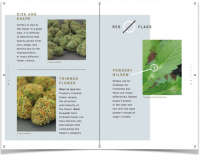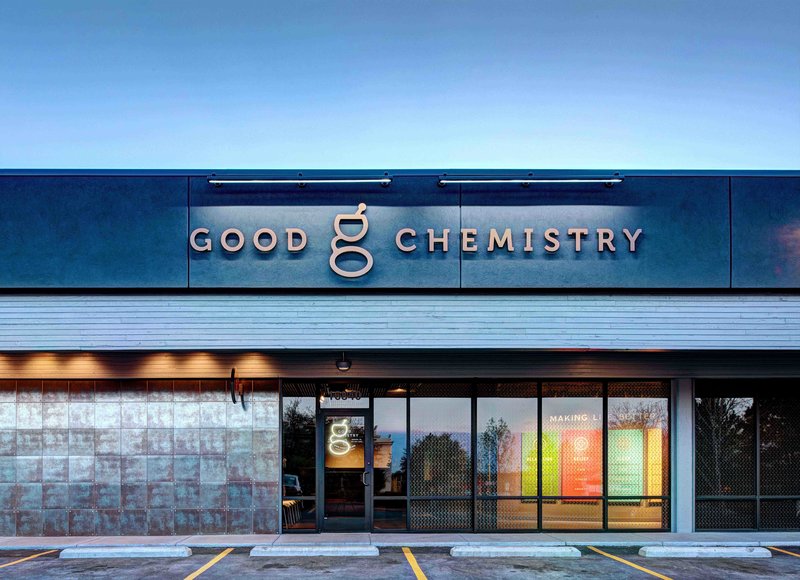As with any product, packaging has a vast range of sustainability considerations that should be accounted for in its design, development and use. Often the most visible component of any product, and certainly so for most forms of cannabis products, packaging is a key sustainability issue for the entire cannabis supply chain.
What is sustainable cannabis packaging and what does it look like? This can be a loaded question, but one we can revisit after considering the basic functions of packaging.
Cannabis packaging, and packaging generally, is designed to perform three basic functions: protection, preservation and promotion. If it does not adequately address these three areas then the chance of product failure, loss of consumer trust and increased waste is likely.
Let’s take a high level look at each of these:
- Protection: Whilst cannabis is not currently travelling huge distances, like some of the food we consume, protection is key at each point of the supply chain. Inputs into the growing process often come packaged, flowers and such are packaged for shipping and storage, bulk-packaged cannabis is sent to dispensaries, extractors, etc, and ultimately re-packed into what will become the consumer-facing packaging. Importantly for cannabis, it may require an additional level of protection to ensure children are not able to access the contents.
- Preservation: Like any consumable item, cannabis has a shelf life, and packaging plays a key role in preserving the usability of the product. Whether it is a chocolate, a cannabis-infused drink, or flowers, it is critical that each product maintains a certain level of quality and consistency.
- Promotion: Packaging allows one part of the supply chain to communicate specific elements of a product to those further along the supply chain. The most obvious, and for cannabis probably the most important, is the communication of contents within a packaged item (labeling), such as the percentage of CBD in a gummy or origin of a particular bud. Packaging is also the reflection of a brand, an image.
Taking these basic elements into account, we can apply a framework for designing and choosing more sustainable packaging. This framework for cannabis packaging accounts for and balances four principles: Fit for purpose, efficient, low impact and re-usable.
Fit-for-purpose. Essentially, this involves making sure that the packaging adequately performs the ‘3-Ps’ above. Packaging commonly accounts for less than 10% of the energy inputs that have gone into a complete product (for example, a candy packaged in a foil-lined plastic wrap). If the packaging fails to protect and preserve the candy, then the energy (or the water, the material, the investment) embedded in the product it contains is wasted.
The second principle relates to material efficiency. Once the packaging works, it is then important to minimize material and resource inputs. Effectively designed packaging uses lighter-weight materials and reduced numbers of materials and components. It also reduces air space and maximizes transport yields.
The third principle involves using low-impact materials. Material inputs should come from non-controversial sources, such as verified/certified supply chains and suppliers that have been assessed to ensure appropriate sustainability-related issues are addressed. Wherever possible, consider renewable and recycled-content inputs, and those made using renewable energy.
Finally, cannabis packaging should be re-usable, recoverable and/or recyclable at end of life. Consider materials and design formats that can be reused multiple times, and packaging that can be recycled and composted by consumers in the systems readily available. Linking back to the third ‘P’, Promotion can be used to make sure that your packaging clearly communicates what someone should do with your packaging. If it is recyclable, returnable, reusable or plantable, tell them it is and how to proceed.
Bear in mind that the most sustainable packaging options are often the result of thinking outside the box. The design process of your packaging should include brainstorming and researching outside of your own industry. What are new and innovative solutions, new materials, new ways to think about product conception that could negate the need for unnecessary packaging elements. New and innovative packaging solutions can raise your business’ profile, catch consumers’ attention and attract investors. It showcases your business as a forward-thinking one.
Packaging sustainability can look different for each and every cannabusiness. It is important to make sure that the four principles are part of your packaging selection/design process. As with any other sustainability issue, it is best to start thinking about packaging early on, and considering packaging as a part of the actual product system.
If you are not thinking about packaging sustainability, be assured that regulators, consumers and your industry peers are. Make sure you are driving the discussion about packaging, rather than being driven by those who may not fully understand your packaging needs.
























